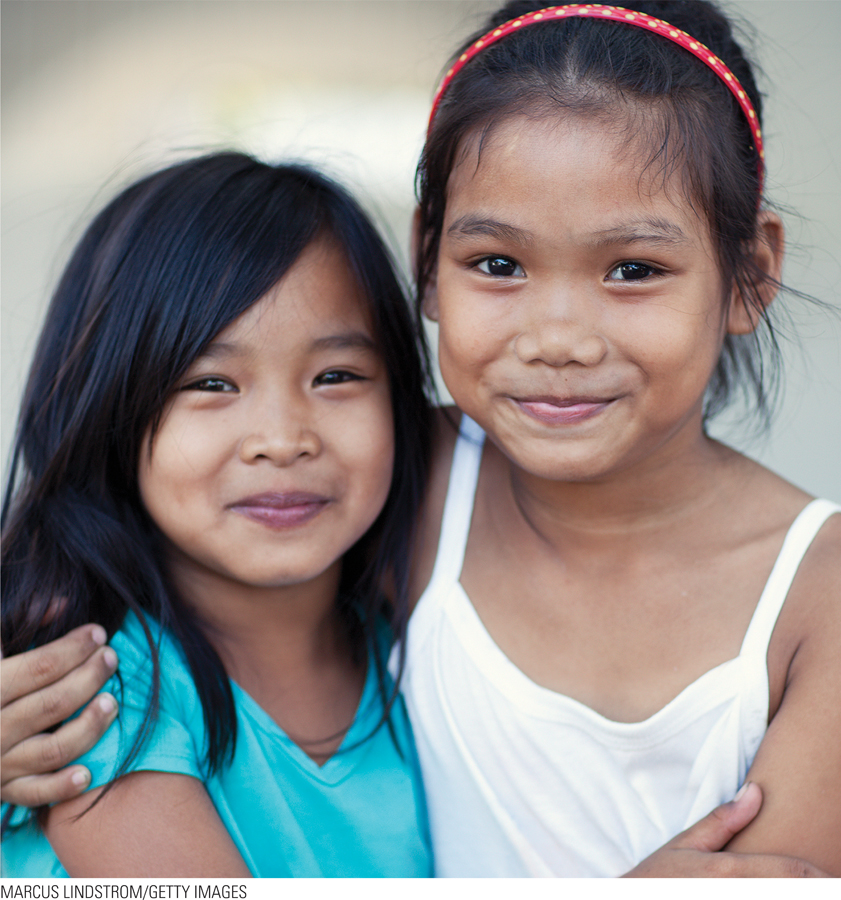
What Will You Know?

Why do 2-year-olds have more sudden tempers, tears, and terrors than 6-year-olds? Controlling the expression of emotions, called emotional regulation, is the preeminent psychosocial task between ages 2 and 6. Such regulation is virtually impossible in infancy, but when the emotional hot spots of the limbic system connect to the prefrontal cortex, children become more aware of their reactions and are better able to control them. By age 6, children can usually be angry but not explosive, frightened but not terrified, sad but not inconsolable, anxious but not withdrawn, proud but not boastful.
If a child never plays, is that a problem? Yes. All young children play, and everywhere, a child playing is a sign of healthy development. Most preschool children are intrinsically motivated to play. Children who are deprived of activity for a long period tend to play more vigorously when they finally have the chance. However, as Pellegrini points out, it is “a controversial topic of study” to examine whether play is essential for normal growth.
Should girls play with trucks and boys with dolls? Boys and girls are not at all harmed by engaging in other–gender activities, such as a girl playing with a truck or a boy playing with a doll. However, children are influenced by cultural norms, which often discourage boys and girls from playing with so–called “other–sex” toys.
What happens if you never punish a child? Permissive parents raise unhappy children who lack self–control, especially in the give–and–take of peer relationships. Inadequate emotional regulation makes them immature and impedes friendships, which is the main reason for their unhappiness. In early adulthood, they tend to continue to live at home, still dependent on their parents.
|
-
Culture and Emotional Control Seeking Emotional Balance
-
Challenges for Caregivers Becoming Boys or Girls: Sex and Gender Theories of Gender Development a case to study: My Daughters -
opposing perspectives: Is Spanking Okay?
|


